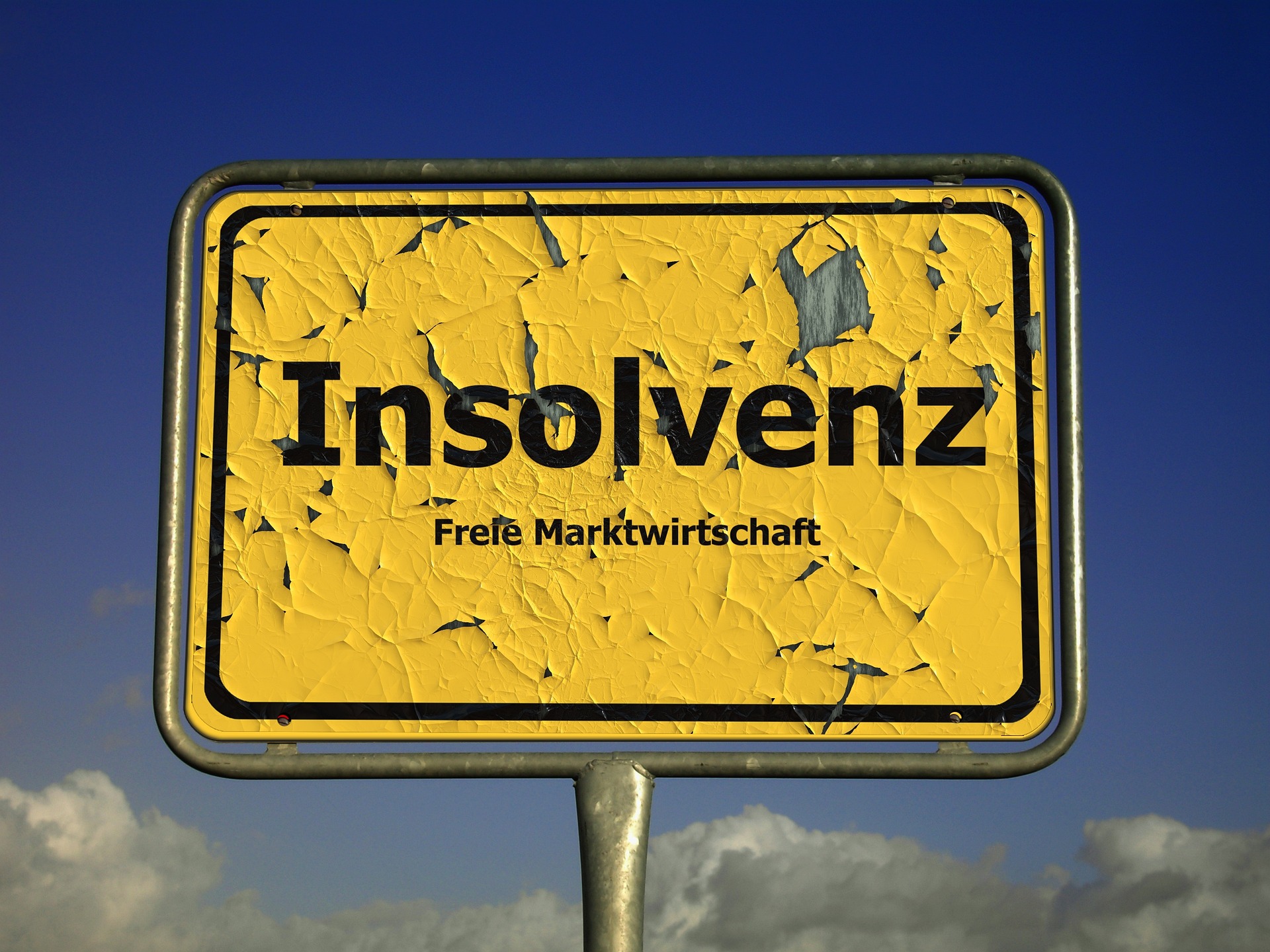Once hailed as Europe’s flagship battery manufacturer, Northvolt‘s sudden bankruptcy has sent shockwaves through the industry, leaving a trail of financial devastation. The company’s collapse, which saw it file for Chapter 11 bankruptcy protection in the U.S. on Thursday, has raised concerns not only for its investors but also for Europe’s broader ambitions to establish a self-sustaining electric vehicle (EV) ecosystem.
A Beleaguered Giant: Northvolt’s Downfall
Founded in 2016 and headquartered in Stockholm, Northvolt raised more than $13 billion in equity and debt to become Europe’s most well-funded venture-backed company. Yet by the time it filed for bankruptcy, the company had only $30 million in cash and a staggering $5.8 billion in liabilities. This sudden financial turmoil is a stark contrast to the company’s earlier promise, and it has already resulted in severe repercussions for both stakeholders and the wider EV market.
Northvolt’s downfall can be attributed to a series of operational missteps and financial struggles. The primary issue was its failure to meet production targets for battery cells, a crucial component in the EV supply chain. In June, BMW, a shareholder in Northvolt, canceled a €2 billion contract due to unmet delivery commitments, further weakening the company’s position. As the company struggled to secure additional funding, it was forced to lay off 1,600 employees (20% of its workforce) in a bid to reduce costs, while also halting an expansion plan in Sweden. Its pre-tax losses grew significantly from $318 million in FY 2022 to $1.2 billion in FY 2023, pushing the company to the brink of insolvency.
The Key Stakeholders at Risk
While Northvolt’s bankruptcy will certainly leave investors in a difficult position, the fallout will have a more widespread impact. Among the hardest-hit will be Volkswagen (VW), the company’s largest shareholder. Having invested €900 million in 2019 and another €500 million last year, Volkswagen owns 21% of Northvolt. Although it has not disclosed the current value of its stake, its 2023 annual report listed it at €693 million, down from €911 million the previous year. Additionally, VW is one of the largest creditors, with a $355 million convertible note outstanding.
Next in line is Goldman Sachs, which holds a 19.2% stake in Northvolt. The investment bank is preparing to write off its nearly $900 million stake in full by the end of the year, according to the Financial Times. These losses illustrate the risks involved in high-stakes investments, particularly in capital-intensive sectors like battery manufacturing.
Significant pension fund capital has also flowed into Northvolt, with major contributors including Arbejdsmarkedets Tillægspension (ATP) of Denmark and 4 to 1 Investments, which is jointly owned by Sweden’s national pension funds. These institutions face serious financial repercussions from Northvolt’s collapse, which will be felt across Europe’s pension fund sector.
In terms of creditors, Volta, a German entity, holds the largest claim, with $3.9 billion in unsecured debt. Additionally, KfW, a German state-owned development bank, is owed $696 million, reflecting its loans for the development of Northvolt’s flagship factory. The European Union is also exposed, with $313 million in outstanding loans to the company, a sum that further compounds the public sector’s risk.
The Wider Impact on Europe’s EV Ambitions
While the financial consequences for shareholders and creditors are clear, the European EV industry is arguably the biggest loser in Northvolt’s collapse. The company was intended to be a key player in Europe’s drive to reduce reliance on Asian imports of electric vehicle batteries, with China currently controlling nearly 85% of global cell production capacity, according to the International Energy Agency.
Northvolt’s rise was supposed to represent a key step toward energy independence for Europe’s automotive sector. Its bankruptcy, however, signals a serious setback for Europe’s ambitious plans to build a homegrown EV supply chain. The ongoing crisis within the sector also threatens to deter further investment in European battery technology startups, which are already struggling to secure capital. According to PitchBook data, only €1.3 billion has been invested in the space in 2024, a sharp decline from €4.1 billion the previous year.
The failure of Northvolt underscores the capital-intensive nature of battery production, which is plagued by low margins and high startup costs. With one major European battery maker already failing, investors may become more hesitant to commit to new entrants in the market, stalling progress in building a robust European EV infrastructure.
What Lies Ahead?
As Northvolt enters bankruptcy proceedings, the company’s restructuring efforts will determine the fate of its remaining assets and the viability of a potential rebound. The firm will likely seek to secure fresh capital and restructure its debt to avoid liquidation, but whether it can regain investor confidence and overcome its operational challenges remains to be seen. In the meantime, the broader European EV ecosystem may struggle to recover from the damage caused by Northvolt’s failure.
For now, the losses are clear: Volkswagen, Goldman Sachs, pension funds, and European taxpayers will all feel the financial sting. But perhaps the largest toll will be on Europe’s broader electric vehicle industry, which has been left grappling with the reality that achieving energy independence and securing a competitive edge in battery production will be far more difficult than previously anticipated.
References:
- PitchBook (2024). Who Has the Most to Lose From Northvolt’s Bankruptcy?. PitchBook.com.
- Reuters (2024). BMW Cancels €2 Billion Battery Deal with Northvolt. reuters.com.
- Financial Times (2024). Goldman Sachs to Write Off $900 Million Northvolt Stake. ft.com.
- Euronews (2024). EU Faces Exposure to Northvolt’s Collapse. euronews.com.



